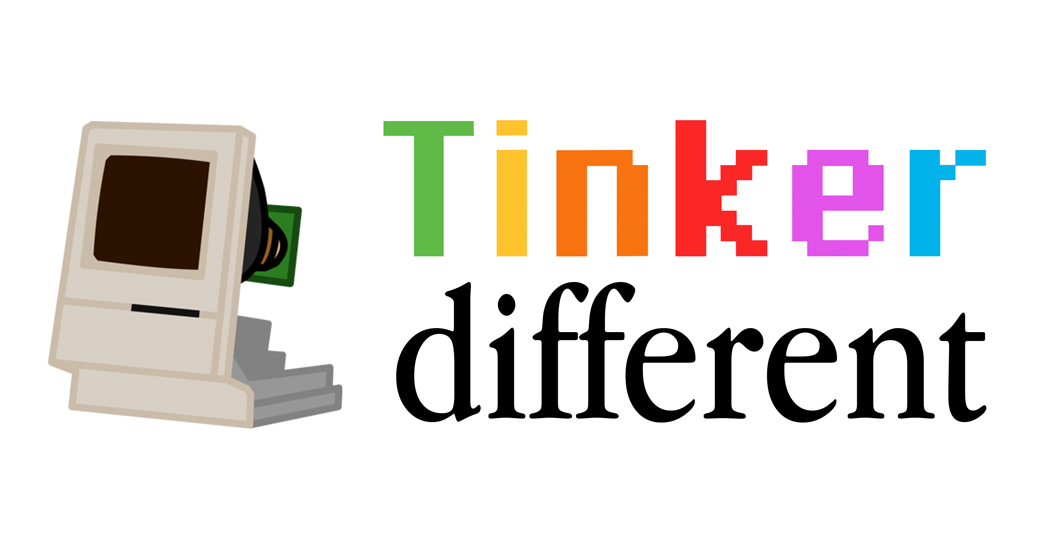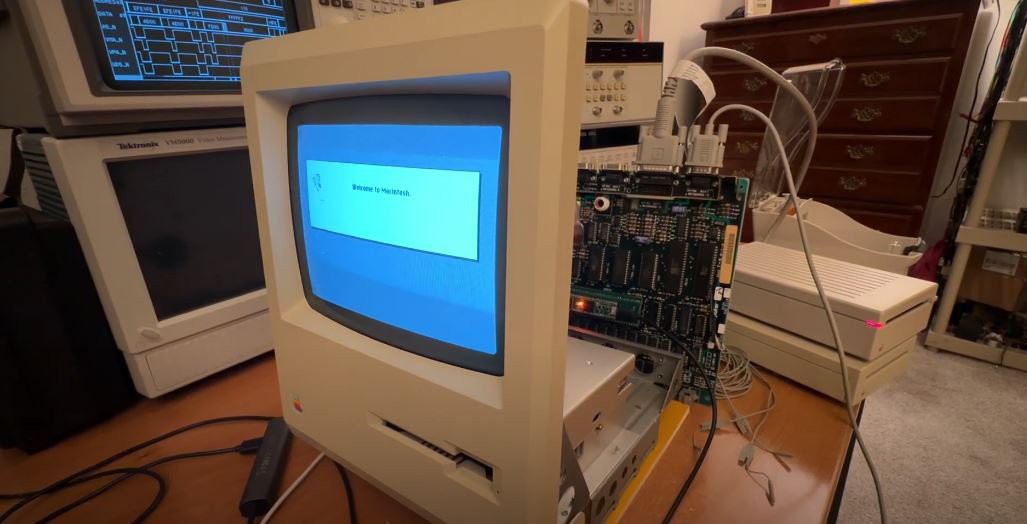One of the ironies of how the Macintosh was designed is *if* you're just talking about hitting the firmware ROM APIs the OS, even in its earliest form, has *amazing* hardware independence; if you patch out the device drivers and replace them with your own stubs, going all the way back to the original 64/128K ROMs, you can run System and *most* Mac user software on just about anything with a 68000 CPU, the hardware doesn't matter hardly at all. (Witness the Macintosh emulators that ran on Atari STs and Amigas; the hard part was reading Macintosh floppy disks, the "hardware" for the actual emulation was just a carrier to shove a set of Mac ROM chips into.)
But underneath that amazing software layer the hardware in 68K Macs was usually pretty hacky. Building a computer to run an *unmodified* Mac ROM means replicating a bunch of arcane hardware shortcuts and completely messed up memory maps, it's only been fairly recently that the FPGA computer folks have managed to get fully functional Mac Plus simulation working. Replicating a newer Mac well enough to use its ROM directly is probably going to be even harder, because later machines mostly replaced their few standard parts like the VIAs with fully custom circuits that Apple never documented completely.
Anyway, yeah, this is why emulators that hack the ROM, like BasiliskII/Sheepshaver, are "easy" and have been mostly working forever, but MAME's Mac support had an extremely difficult history.



